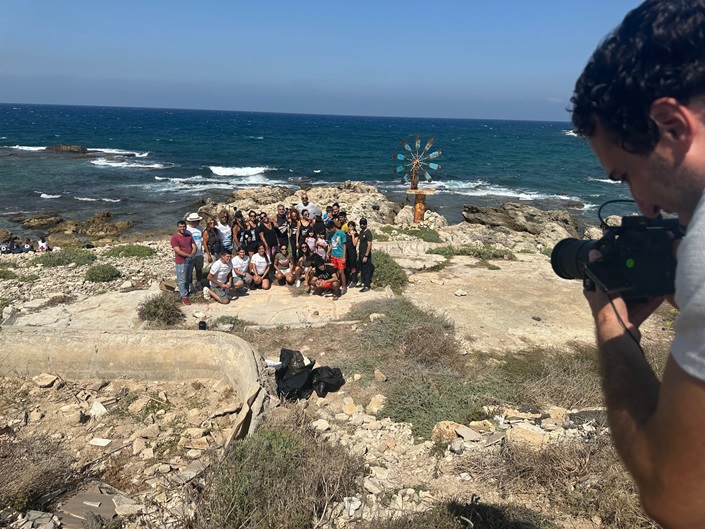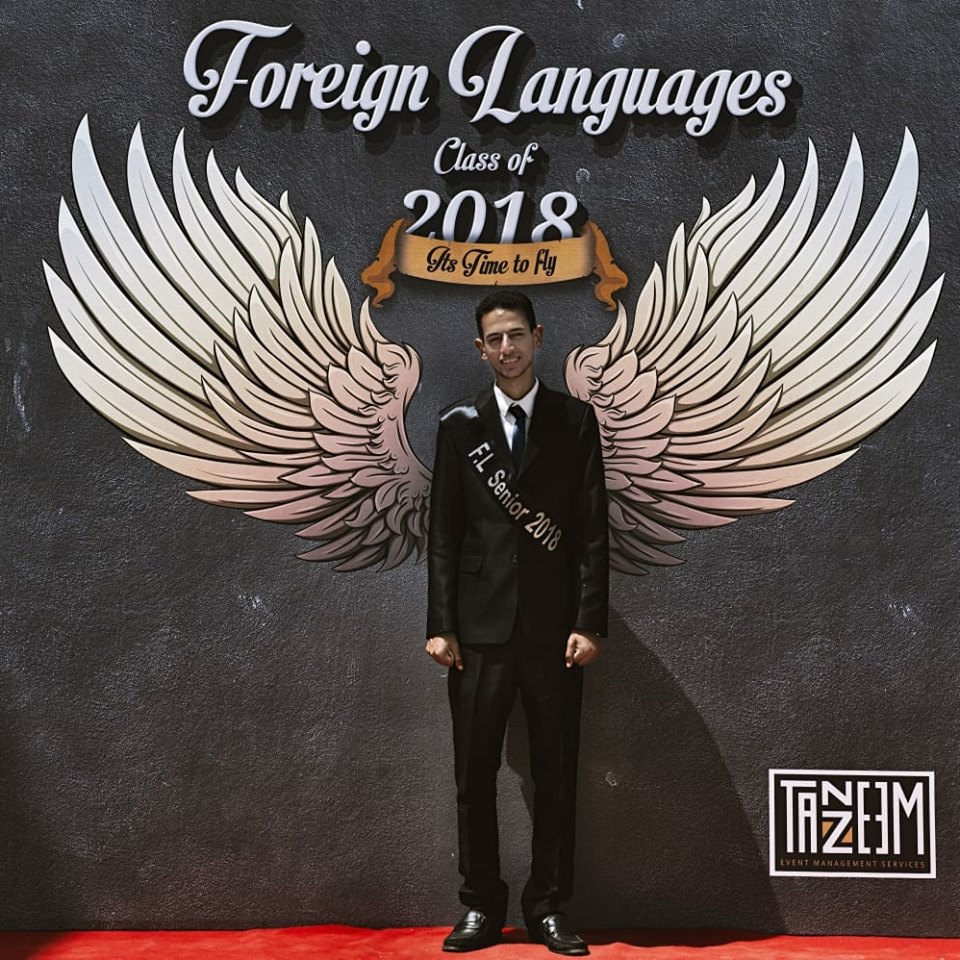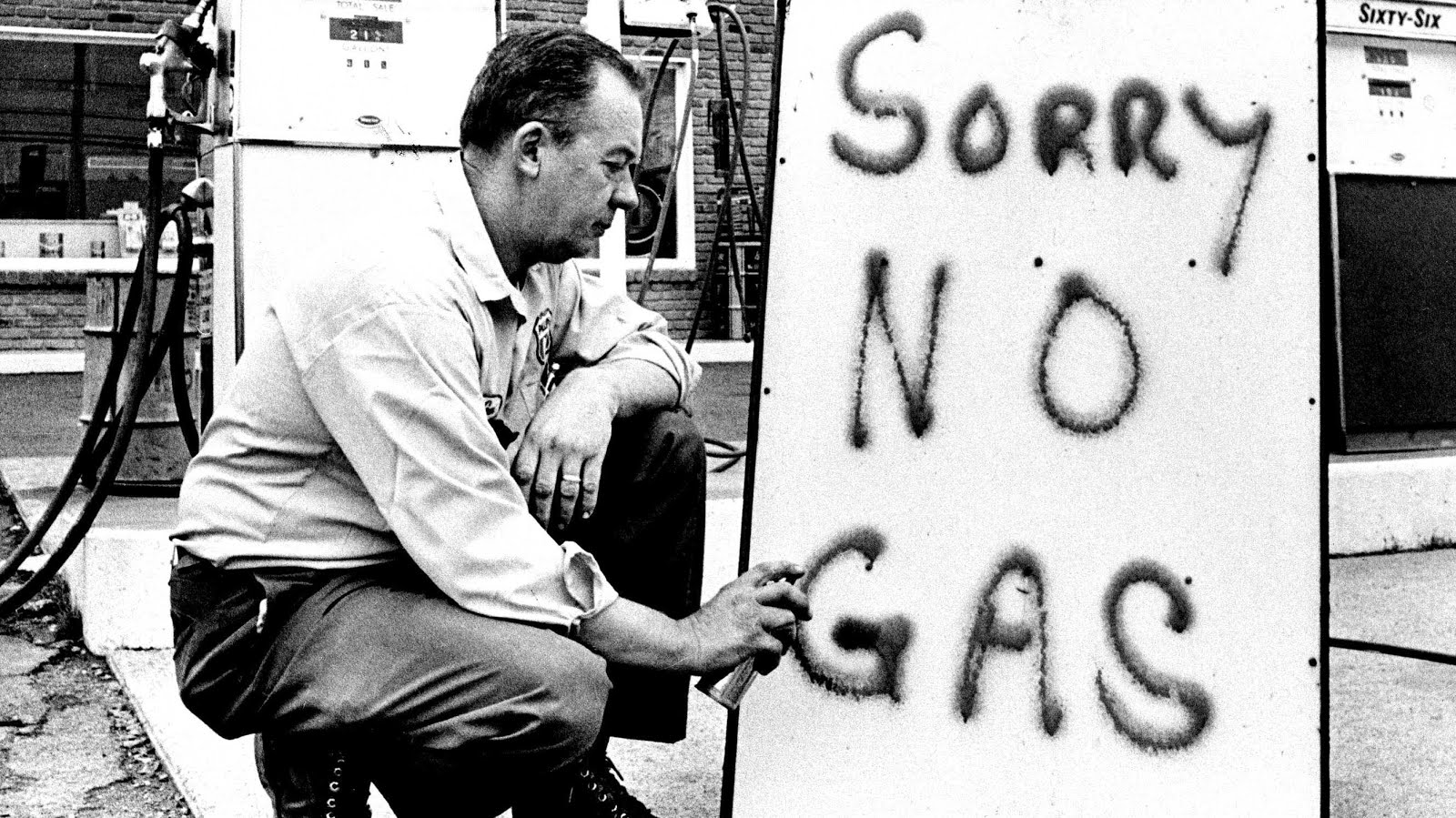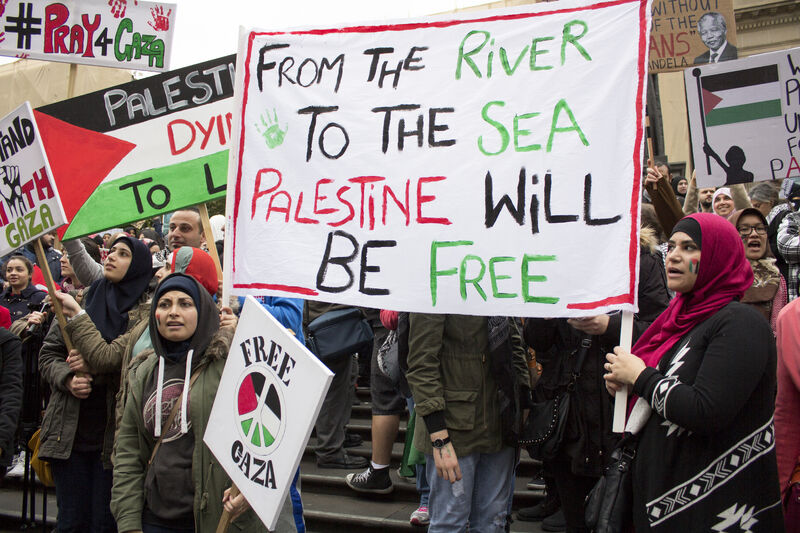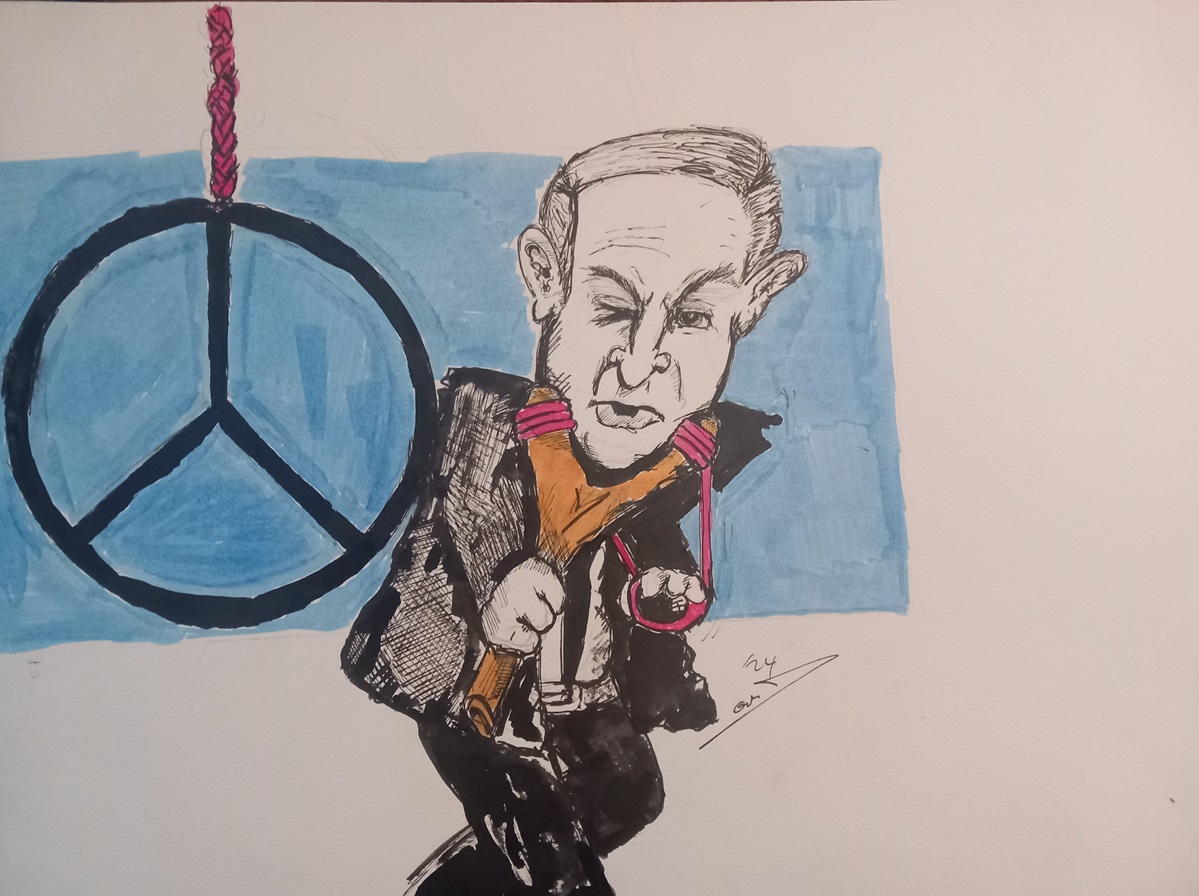
Reviewed by: Wasan Abu-Baker*
Dima Al Samman, is a contemporary Jerusalemite Palestinian novelist. She was born and raised in ancient Jerusalem and earned her bachelor’s degree in linguistics from Birzeit University. She received a High Diploma in Television Direction and is currently the Director General of the Palestinian Ministry of Education. Writing about Jerusalem is not new to the Jerusalemite Dima who comes from a long-standing Jerusalem family.
Dima’s knowledge of the holy city of Jerusalem, its sacred sites, markets, alleys, customs, and traditions is perfect. She writes in all her novels about Jerusalem, and in this novel, “Tower of the Stork”, most of the events take place in Jerusalem, and the tower of the Stork is one of the most famous historical sites in the old city in Bab Hatta neighborhood. The period of the novel extends almost a full century, from the end of the Ottoman era until the end of the twentieth century.
Dima Al Samman, gathered information about the city of Jerusalem from residents, parents and grandparents, elderly women, and intellectuals of the city. She collected oral story from the resident of Jerusalem about their customs and traditions, which is unique collection of history not found in many books and literature. She also collected information from the many books written about the Holy City. In all this research, Dima wondered about the value that people of the world (Arab, Christian, Muslim, and Jew) held for Jerusalem. This concern that Dima hold for Jerusalem is personal to her and other writers from the city. The city holds a certain illumination that has been inhibited by successive invasions and occupations, and the Jerusalemite writer chose it to be the main place for the events of her novel (Burj Al-Laqlaq) to reveal the city’s beauty. Burj Al-Laqlaq is a historical landmark described by the writer in the first line of the novel; “There is in the north eastern end of the wall of the great city of Jerusalem”. Burj Al-Laqlaq is found in an area called Al–Jabbar which is in the Bab Hatta neighborhood, Burj which literally means tower. This tower is in an elevated area that overlooks the Al-Aqsa Mosque and has a beautiful view of the Jerusalem mountains and the religious and historical landmarks of the city. Dima begins her novel describing the miserable economic conditions at the end of the Ottoman period. During this time the economy was destroyed, taxes increased, looting was on the rise, and injustice was rampant.
The family of Abdul-Jabbar, was a family living in Jerusalem at the time and had inherited social sovereignty. They struggled through this time and were always looking for a new source of income. There were conflicts between the different craftsman and families to compete for the few resources available to everyone, it was a challenging time. Abdul-Jabbar worked as a woodcutter for some time, and stored his wood in the cave of Haidema, a large cave under the tomb of Bab Al-Sahera between Bab Al-Amoud and Bab Al-Sahera.
During this period in history the ancient doors of Jerusalem would close from sunset to sunrise in order to protect the city from thieves, invaders, and wild animals. Soon after the British Mandate came, and the economic conditions appeared to improve as the Ottoman rule came to an end. However, with this period began the Jewish immigration to Palestine as a prelude to the establishment of the Jewish state on the land of Palestine. This event changed the social dynamics of the Jerusalemites like Abdul-Jabbar family as it was a call to resistance for all Palestinians.
The Nakba took place in 1948, when the Arab Armies were defeated by the Israelis. The novelist then lamented the July 1952 revolution in Egypt led by the late president Jamal Abdel Nasser which called for Pan Arabism and hope for Palestinians living under occupation. Then came the 1967 war where Israel took control of and occupied the rest of historic Palestine, and in addition, the Egyptian Sinai desert and the Syrian Golan Heights. Then in December 1987 as the occupation continued, there was the outbreak of the first Palestinian uprising (intifada). Palestinians of all ages, genders, and religions participated in this popular resistant movement.
In the novel, Dima presents history from a human perspective where employment and making ends meet was initially the main concern of a family. Laith, the grandson Abdul-Jabbar, falls into the clutches of drugs and sells family land to the Israeli occupation in order to make some quick money. In Palestinian society is seen as the greatest act of treason and we follow this young man through a journey of eventually realizing his mistake and attempting to correct his error by carrying out a suicide attack again the occupation. However, his own mother, Nafisa, out of shame for what he had done kills him herself. And she carries out the suicide attack herself to cleanse her family of her son’s act of treason. The language of the writer is full of rhetorical and beautiful images which emphasizes many feelings or the reader. The author uses dozens of proverbs and popular judgements to support the positions of the characters of her novel. These proverbs were used in their correct positions, indicating that the Jerusalemite contains a lot of popular culture.
The novel is a realistic fiction which draws the reader into the everyday struggles of Jerusalemites living under occupation to this day and trying to hold on to their land and livelihood. With recent news about the US policy on Jerusalem, we can learn from this novel about the reaction of Palestinians to this holy city. Those not familiar with the Palestinian struggle and emphasis on Jerusalem, may be surprised about the passion and steadfastness of the Palestinians and especially the Jerusalemites. This novel gives us a glimpse into the resistance of the Palestinian people.
*Wasan Abu-Baker is an American activist with a Palestinian origin. She is vice chair of Corpus Christi National Justice for our Neighbors in Corpus Christi, Texas, a member of ABCD New addition Team, and a staff writer for Kings River Life Magazine in the US. She holds an MA in special education from St John Fisher College in Rochester, New York.

